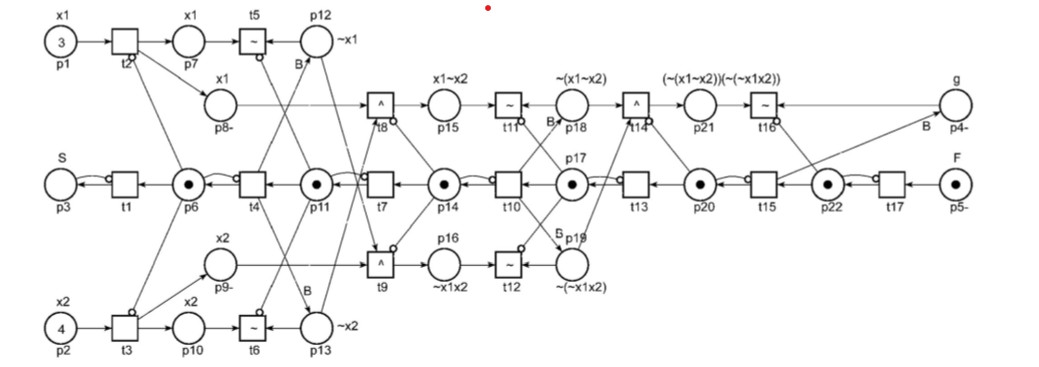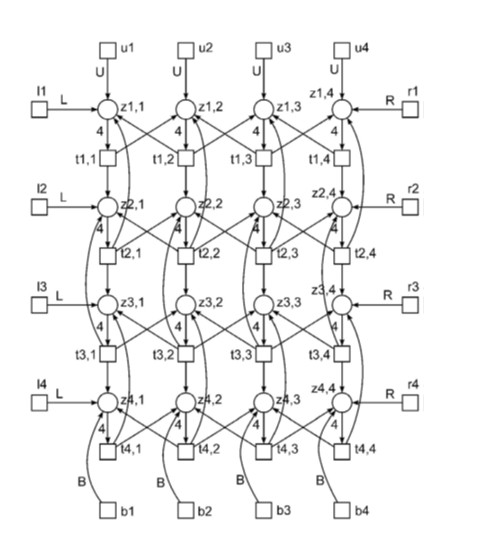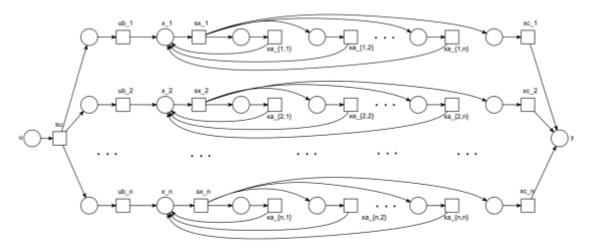SNC
SNC software - helping HPC reach its full potential
Modern supercomputing faces a critical challenge: low efficiency in handling real-world workloads!
Despite advancements in hardware, even the most powerful supercomputers like Frontier achieve only about 0.8% efficiency due to limitations in processor-memory interactions.
This bottleneck stops high-performance computing (HPC) from reaching its full power for solving complex problems in science and industry.
To solve this, a new method called Sleptsov Net Computing (SNC) has been developed. It uses a unique, fully visual programming language designed for running many processes at once (called concurrent programming). SNC combines computing and memory more directly, which could make supercomputers much faster and more reliable.
NI-HPC has played a crucial role in developing SNC. Dr. Dmitry Zaitsev and his collaborators used the Kelvin-2 supercomputer for debugging and benchmarking SNC software on GPUs and multicore CPUs. They also connected SNC with an award-winning tool called Tina, which verifying concurrent programs. The team confirmed that SNC could help solve problems that limit how well traditional computers perform.
This research could change the way computers work. SNC could make it possible to run huge, complex programs faster and more reliably—important for things like AI, embedded systems, and scientific simulations. In the future, SNC could even be built directly into hardware, boosting performance even more. Ultimately, this could lead to faster, greener computers that benefit many industries.
Dr. Dmitry A. Zaitsev and his journey with supercomputing.
During my life I was lucky to find the best teachers, more precisely, I was lucky they, Anatoly Sleptsov in 1988, and Jack Dongarra in 2017, chose me as an apprentice!
I learned a lot about concurrent processes and place-transition nets from Anatoly Sleptsov. He then helped me apply our theoretical work in the real world at the Topaz plant, which led to the creation of Opera-Topaz in 1990 - before terms like “workflow” or “exhaustive use of rule” even existed!
Jack Dongarra introduced me to the miraculous world of supercomputers and directed me through the process of my clan theory implementation on modern parallel and distributed architecture. We issued software and published papers together. I devoted my ode to Jack Dongarra and I like to believe that our joint work switched compass of his research a bit more towards sparse computations.
Many thanks to David Smyth, Vaughan Purnell, and Luis Fernandez Menchero from NI-HPC for sharing their expertise in programming modern multicore CPUs and GPUs.
Here are some examples of SNC graphical programs
Cybersecurity: Open key RSA encryption/decryption

Fuzzy control: Computing fuzzy logic function

Numerical solving of ODE and PDE: Solving Laplase equation

Systems control: Discrete-time linear control in two takts

References
References for Sleptsov Net Computing (SNC) to read, watch, run, cite, and join
Zaitsev, D. A., Ajima, Y., Bartlett, J. F. C., & Kumar, A. (2025). 3D multicore CPU vs GPU on sparse patterns of Sleptsov net virtual machine. International Journal of Parallel, Emergent and Distributed Systems, 1–21. https://doi.org/10.1080/17445760.2025.2490148
Examples of Sleptsov net programs for various application domains.
Software reliability is a separate issue. Let us imagine that reliability of a bulk of software operating in the world is based on the belief that it does not contain an error or rather contains an error with low probability. The belief is supported by a certain number of successful tests on which a program in question works correctly. Such software is embedded in cars’ and planes’ onboard computers, to make us believe in low probability of an accident, while we prove correctness of concurrent Sleptsov net programs in a formal way.
Recently published papers
Dmitry A. Zaitsev, Strong Sleptsov nets are Turing complete, Information Sciences, Volume 621, 2023, Pages 172-182. https://doi.org/10.1016/j.ins.2022.11.098
Bernard Berthomieu, Dmitry A. Zaitsev, Sleptsov nets are Turing-complete, Theoretical Computer Science, Volume 986, 2024. https://doi.org/10.1016/j.tcs.2023.114346
shows that we can use Sleptsov net only (without involving other concepts) to specify any computations. It represents a solid theoretical background for homogeneity of SNC.
